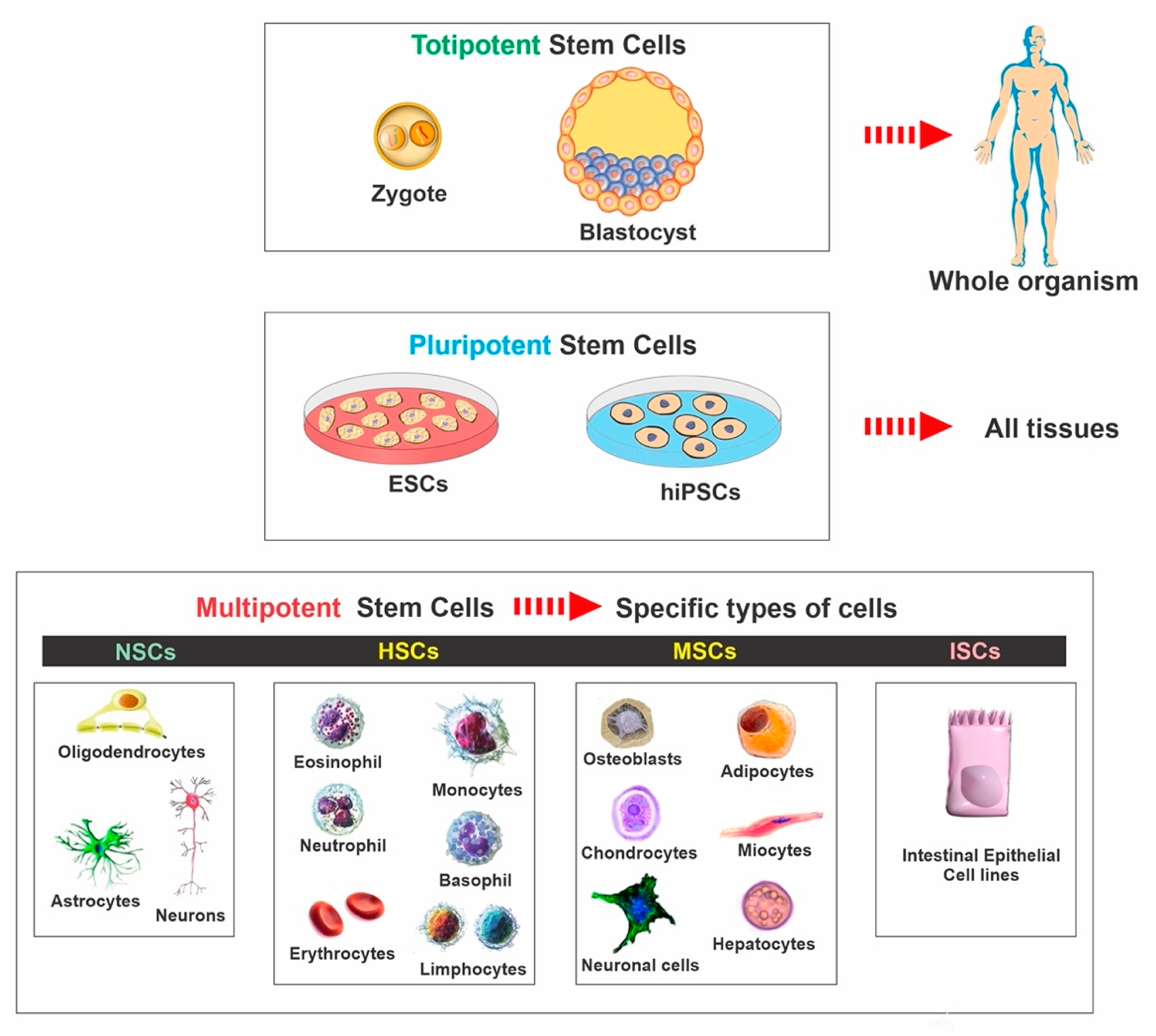Table of Contents

[/image][=video]
[/video]
Most sites used for bone marrow harvesting are located in the hip bones and the sternum. In recuperation, the donor may experience some pain in the areas where the needle was inserted.

If an autologous transplant is intended, previously collected stem cells, from either peripheral (apheresis) or harvest, are counted, screened, and ready to infuse. The preparations for a bone marrow transplant differ depending upon the kind of transplant, the disease requiring transplant, and your tolerance for particular medications. Take into consideration the following: Usually, high dosages of chemotherapy and/or radiation are consisted of in the prep work.
Ablative treatment prevents this procedure of cell production and the marrow ends up being vacant. An empty marrow is needed to make area for the new stem cells to expand and develop a brand-new blood cell production system.
It is not a surgery to put the marrow right into the bone, but is similar to getting a blood transfusion. The stem cells locate their means into the bone marrow and begin recreating and expanding brand-new, healthy blood cells. After the transplant, helpful treatment is offered to protect against and treat infections, adverse effects of therapies, and problems.
Perimenopause Treatment in Saginaw, Michigan
The days before transplant are counted as minus days. The day of transplant is taken into consideration day no. Engraftment and recovery complying with the transplant are counted as plus days. A person might go into the health center on day -8 for preparative routines. The day of transplant is numbered zero. Days +1, +2, and so on, will comply with.
The days are phoned number to help the patient and family members recognize where they remain in regards to risks and discharge preparation. During mixture of bone marrow, the person might experience the following: Pain Chills Fever Hives Chest pain After infusion, the person might: Spend numerous weeks in the medical facility Be very susceptible to infection Experience extreme bleeding Need blood transfusions Be restricted to a tidy setting Take several antibiotics and other medications Be offered medicine to avoid graft-versus-host diseaseif the transplant was allogeneic.
Relying on the kind of transplant and the disease being treated, engraftment usually takes place around day +15 or +30. Blood matters will certainly be examined often during the days adhering to transplant to assess initiation and progress of engraftment. Platelets are generally the last blood cell to recover. Engraftment can be delayed as a result of infection, medications, reduced given away stem cell matter, or graft failure.
Microbial infections are the most usual. Viral and fungal infections can be life-threatening. Any infection can cause a prolonged medical facility remain, protect against or postpone engraftment, and/or reason permanent body organ damage. Prescription antibiotics, antifungal medications, and antiviral medicines are frequently provided to attempt to stop serious infection in the immunosuppressed individual. Thrombocytopenia (low platelets) and anemia (low red cell), as a result of a nonfunctioning bone marrow, can be dangerous and also deadly.
Fluid overload is a problem that can lead to pneumonia, liver damage, and high blood stress. The major factor for fluid overload is due to the fact that the kidneys can not maintain up with the big amount of liquid being offered in the kind of intravenous (IV) medications, nutrition, and blood products.
Menopause Treatment

Respiratory standing is an essential feature that may be endangered during transplant. Infection, inflammation of the respiratory tract, liquid overload, graft-versus-host illness, and bleeding are all potential deadly problems that might occur in the lungs and pulmonary system. The liver and heart are necessary organs that may be harmed during the transplantation process.
Failing of the graft (transplant) taking hold in the marrow is a possible difficulty. Graft failing might happen as an outcome of infection, recurring condition, or if the stem cell matter of the donated marrow wanted to create engraftment. Graft-versus-host condition (GVHD) can be a severe and life-threatening issue of a bone marrow transplant.
In contrast to an organ transplant where the patient's body immune system will try to decline just the hair transplanted body organ, in GVHD the brand-new or transplanted immune system can attack the whole client and all of his/her organs. This is due to the fact that the new cells do not acknowledge the cells and organs of the recipient's body as self.

One of the most usual sites for GVHD are GI system, liver, skin, and lungs. Diagnosis considerably depends upon the following: Kind of transplant Type and extent of the condition being treated Condition action to therapy Genes Your age and overall health Your tolerance of particular medicines, procedures, or therapies Seriousness of complications As with any procedure, in bone marrow transplant the prognosis and lasting survival can vary substantially from person to individual.
Regenerative Therapy
Continual follow-up care is crucial for the individual adhering to a bone marrow transplant. New approaches to improve treatment and to lower complications and adverse effects of a bone marrow transplant are continually being uncovered.
Accessed June 5, 2017. The hope is to bring back broken tissue that will certainly not effectively recover on its own. Regenerative medication treatments can be divided right into three categories: promote recovery by injecting or placing live cells right into the patient. Instances of cellular treatment consist of PRP and stem cell treatments, which can be utilized to treat tendinopathy and other sports injuries.
Outer nerves, for example, consist of Schwann cells, nerve fibroblasts, and immune cells, each playing a role in nerve regrowth, as reviewed right here. Stem cell treatment is one of the most extensively investigated and encouraging branches of cell regrowth treatment. Some cells, such as epithelial cells in the skin or the cellular lining of the intestinal system, have a high turnover turn over and can regenerate regrow.
Navigation
Latest Posts
Menopause Treatment servicing Saginaw, Michigan
Stem Cell Therapy in Saginaw, Michigan
Menopause Therapy